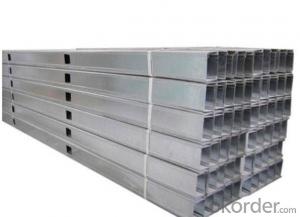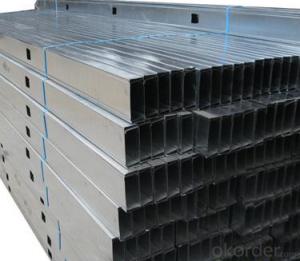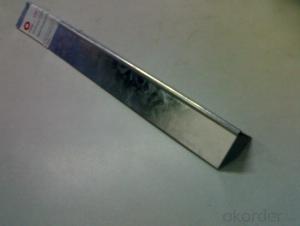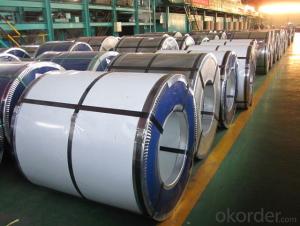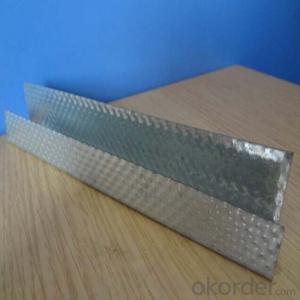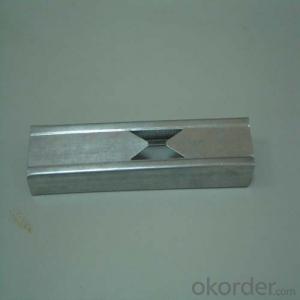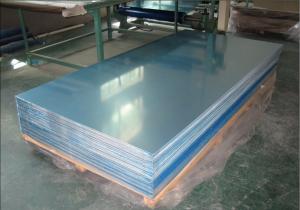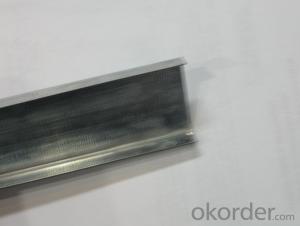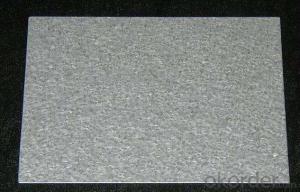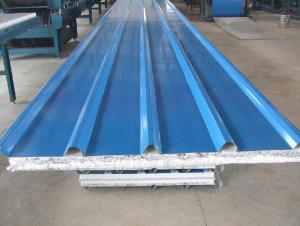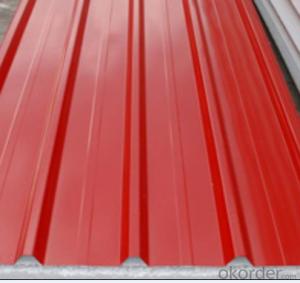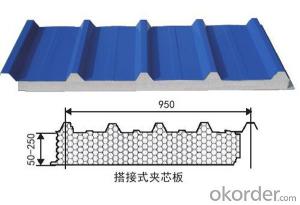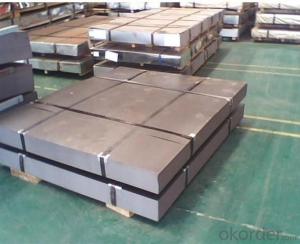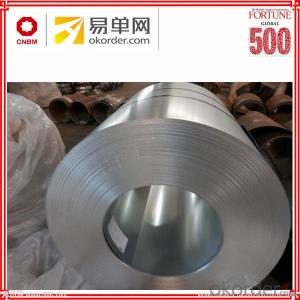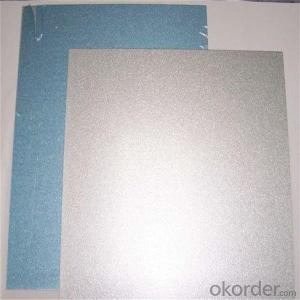4X8 Galvanized Sheet Metal
4X8 Galvanized Sheet Metal Related Searches
Best Paint For Stainless Steel Paint For Galvanized Steel Steel Frames For Furniture Self Tapping Screws For Steel Surface Grinding Wheels For Hardened Steel Hole Saw For Stainless Steel Paint For Stainless Steel Stainless Steel For Bbq Step Bit For Stainless Steel Sponge For Stainless SteelHot Searches
Used Metal Folding Chairs For Sale Large Metal Containers For Sale Metal Shop Cabinets For Sale Metal Shipping Crates For Sale Galvanized Steel Scrap Price Fiber Sheet Price In India Galvanized Steel Prices Plastic Fiber Sheet Price Upvc Roofing Sheet Manufacturer In India China Geomembrane Roll Sheet Lasani Wood Sheet Price Rhino Roofing Sheet Price List Tinplate Sheet Price Mdf Price Per Sheet 4Mm Mdf Sheet 1220X2440Mm Price Grp Sheet Price Aluminum Sheet Stock Sizes Cost Of 4X8 Sheet Of Plywood Cost Of Drywall Per Sheet Buy Sheet Plastic4X8 Galvanized Sheet Metal Supplier & Manufacturer from China
Okorder.com is a professional 4X8 Galvanized Sheet Metal supplier & manufacturer, offers integrated one-stop services including real-time quoting and online cargo tracking. We are funded by CNBM Group, a Fortune 500 enterprise and the largest 4X8 Galvanized Sheet Metal firm in China.Hot Products
FAQ
- Yes, steel sheets are suitable for underground applications. Steel is highly durable, corrosion-resistant, and has high structural strength, making it ideal for underground environments where it can withstand the pressure and potential impact. Additionally, steel sheets can be designed to provide excellent waterproofing and structural stability, making them a reliable choice for underground applications such as tunnels, basements, and underground storage facilities.
- Indeed, automotive exhaust systems find steel sheets to be a suitable choice. Steel, being highly durable, strong, and resistant to both high temperatures and corrosion, is extensively used in the manufacturing of exhaust systems. Given that automotive exhaust systems endure intense heat and corrosive gases, steel sheets prove to be exceptionally capable of withstanding such conditions. Moreover, steel sheets possess the advantageous ability to be easily molded and welded, thus making them perfectly suited for the intricate shapes and configurations demanded by exhaust system components. Ultimately, steel sheets offer the essential properties and characteristics required for automotive exhaust systems, rendering them an apt selection for this particular application.
- Steel sheets are generally stronger than aluminum sheets. Steel is known for its high tensile strength, which means it can withstand greater forces before deforming or breaking. On the other hand, aluminum sheets have lower tensile strength and are more prone to bending or warping under heavy loads. However, it is important to note that aluminum sheets can still be strong enough for many applications, especially when considering their lower density compared to steel. Additionally, aluminum sheets have the advantage of being more lightweight, corrosion-resistant, and having better thermal conductivity than steel sheets. Therefore, the choice between steel and aluminum sheets depends on the specific requirements of the project, considering factors such as strength, weight, corrosion resistance, and thermal properties.
- Certainly, transportation equipment can utilize steel sheets. The transportation industry extensively relies on steel due to its robustness, longevity, and cost-effectiveness. When it comes to constructing various transportation vehicles like cars, trucks, buses, trains, ships, and airplanes, steel sheets are frequently employed. These sheets find their application in the body panels, chassis, frames, and other fundamental components of these vehicles. Steel sheets possess remarkable mechanical attributes, including exceptional tensile strength and impact resistance, rendering them suitable for enduring the strains and requirements of transportation applications. Moreover, steel is renowned for its ease of formation and weldability, enabling manufacturers to fabricate intricate shapes and structures specifically needed for transportation equipment.
- The main difference between a galvanized steel sheet and an aluminum steel sheet lies in their composition and characteristics. Galvanized steel sheets are made from steel that has been coated with a layer of zinc, which helps to protect it from corrosion. This coating gives galvanized steel sheets a shiny, spangled appearance. On the other hand, aluminum steel sheets are made from aluminum alloy, which is naturally resistant to corrosion. Aluminum steel sheets are typically lighter and more malleable than galvanized steel sheets. Additionally, aluminum steel sheets have a duller, matte appearance compared to the shiny surface of galvanized steel sheets. Overall, the choice between galvanized and aluminum steel sheets depends on factors such as desired aesthetics, strength, corrosion resistance, and cost.
- Steel sheets possess a relatively high level of thermal conductivity, which indicates their effectiveness in the transmission of heat. This characteristic enables steel to rapidly absorb and spread heat across its entirety. When subjected to a heat source, like a flame or hot object, steel sheets swiftly conduct the heat throughout their structure, resulting in consistent heating or cooling. Consequently, steel sheets are well-suited for applications demanding heat transfer, such as radiant heating systems in the construction industry or heat exchangers in manufacturing. The elevated thermal conductivity of steel also renders it a favored material for cookware, as it guarantees uniform heat distribution and efficient cooking. However, it is crucial to acknowledge that steel's thermal conductivity can also make it susceptible to heat loss in colder environments, necessitating appropriate insulation measures to uphold desired temperatures.
- Steel sheets are typically packaged for shipping by being stacked on wooden pallets and secured with steel or plastic strapping. Additionally, they may be further protected by being wrapped in plastic or covered with a cardboard or wooden crate for added stability and protection during transportation.
- When handling steel sheets, it is important to follow several safety precautions. Firstly, workers should wear appropriate personal protective equipment (PPE) such as gloves, safety glasses, and steel-toed boots to protect themselves from potential injuries or hazards. Additionally, workers should be trained on proper lifting techniques to prevent strains or muscle injuries. It is crucial to use mechanical lifting equipment like cranes or forklifts when moving heavy steel sheets to avoid manual handling risks. Furthermore, the storage area should be organized and secured to prevent falling objects and injuries. Regular inspections of the sheets for defects or sharp edges are necessary to prevent cuts or punctures. Lastly, workers should be aware of the proper procedures for cutting or shaping steel sheets, using tools that are well-maintained and in good working condition. Adhering to these safety precautions will help minimize the risk of accidents and ensure a safe working environment.






